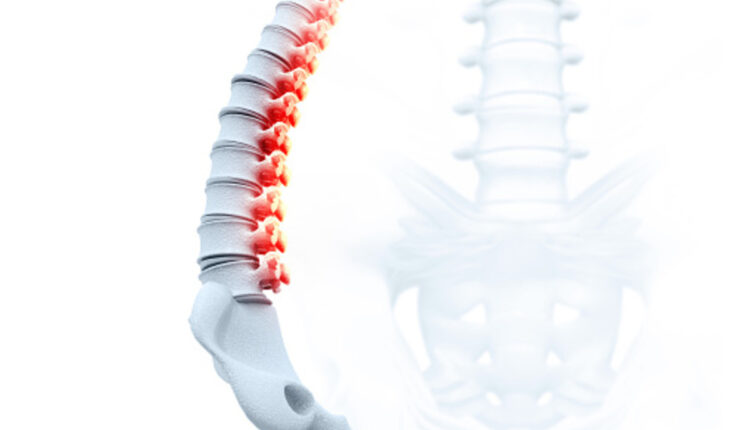Spondylosis Treatment
Spondylosis is a degenerative disease, and there is no known cure for it. Treatment focuses on relieving symptoms and preventing permanent nerve damage. It also helps the patient to resume daily activities. Here are some treatment options for spondylosis. The first step to treating spondylosis is to seek a diagnosis.
Treatment options for spondylosis
Spondylosis is a disorder of the spinal discs that can cause pain and stiffness. The condition can also lead to weakness and numbness. It can even lead to loss of bladder control. However, most cases do not cause any symptoms. This condition is often treatable without surgery.
Spondylosis treatment options vary but typically focus on alleviating the pain and discomfort. They may include medication, self-care, physical therapy, chiropractic care, and acupuncture. They may also include minimally-invasive procedures such as injections. In severe cases, surgery may be necessary.
Non-surgical treatments for spondylosis can include corticosteroid injections to decrease pain and inflammation. Physical therapy can also be used to strengthen muscles surrounding the spine. Surgical treatments for spondylosis include a spinal fusion or laminotomy. The goal of these surgical procedures is to relieve pain and restore function to the spine.
Treatment for spondylosis depends on the type and location of the disease. The most common form of spondylosis is degenerative disc disease, caused by natural wear and tear on the spinal anatomy. The discs become dehydrated and lose their effectiveness as cushions between vertebrae. As a result, the cartilage in facet joints gradually wears away, which causes bone-on-bone contact and inflammation. The inflammation can lead to the formation of bone spurs or osteophytes.
Complications of spondylosis
Spondylosis is a chronic degenerative disease of the vertebral column. It results in pain in the lower back, mid-back, and neck. In most cases, the back pain associated with spondylosis is not severe, though people may develop chronic pain in rare cases. Although the condition rarely leads to neurological dysfunction, it can lead to serious health problems.
Several risk factors are associated with spondylosis, but the most common are age and physical activity. As we age, our spine naturally degenerates. Those with manual labor jobs and sedentary lifestyles are more likely to develop the disease.
The degenerative disease may cause bone spurs that can pinch nerve roots and the spinal cord. The neck may also become less flexible due to stiff ligaments. Other causes of cervical spondylosis include repetitive neck motions, awkward postures, and overhead work. Those with previous neck injuries may also be more susceptible to developing the disease. Smoking may also increase the risk.
Diagnosis
Diagnosis of spondylosis usually involves examining the spine to assess any changes in the bones, muscles, and nerves. This may include X-rays and CT scans. A physical exam will also be performed. Imaging tests will determine if any bone spurs or spondylosis is present and may also reveal a narrowing of the intervertebral disc space.
A CT scan uses X-rays and computers to produce much more detailed images than a traditional X-ray. For example, electromyography will show the electrical activity of muscles in the affected region, which will help determine whether they are experiencing pain or dysfunction. Another test, magnetic resonance imaging (MRI), uses a powerful magnet, radio waves, and a computer to produce detailed images. A CT scan can also help identify the boundaries of a synovial cyst, which can affect the choice of surgery alternatives.
Spondylosis symptoms include back pain. However, it is rare for a person to experience severe pain or neurologic dysfunction. Pain can range from mild to severe depending on the region of the spine and the structure affected. Symptoms of spondylosis may also include a limited range of motion and weakness.

